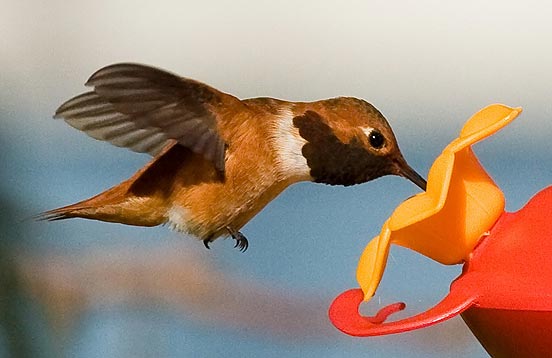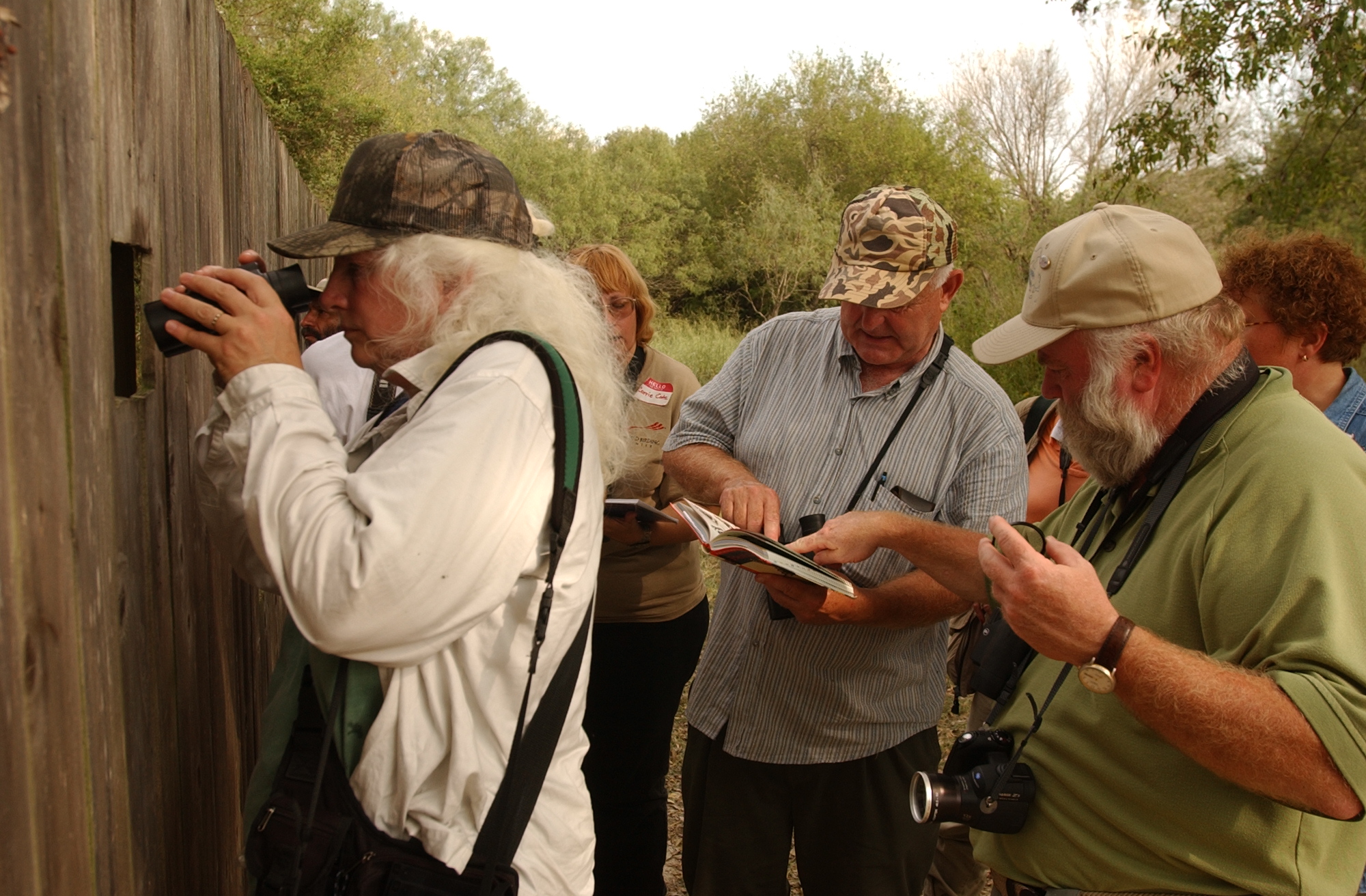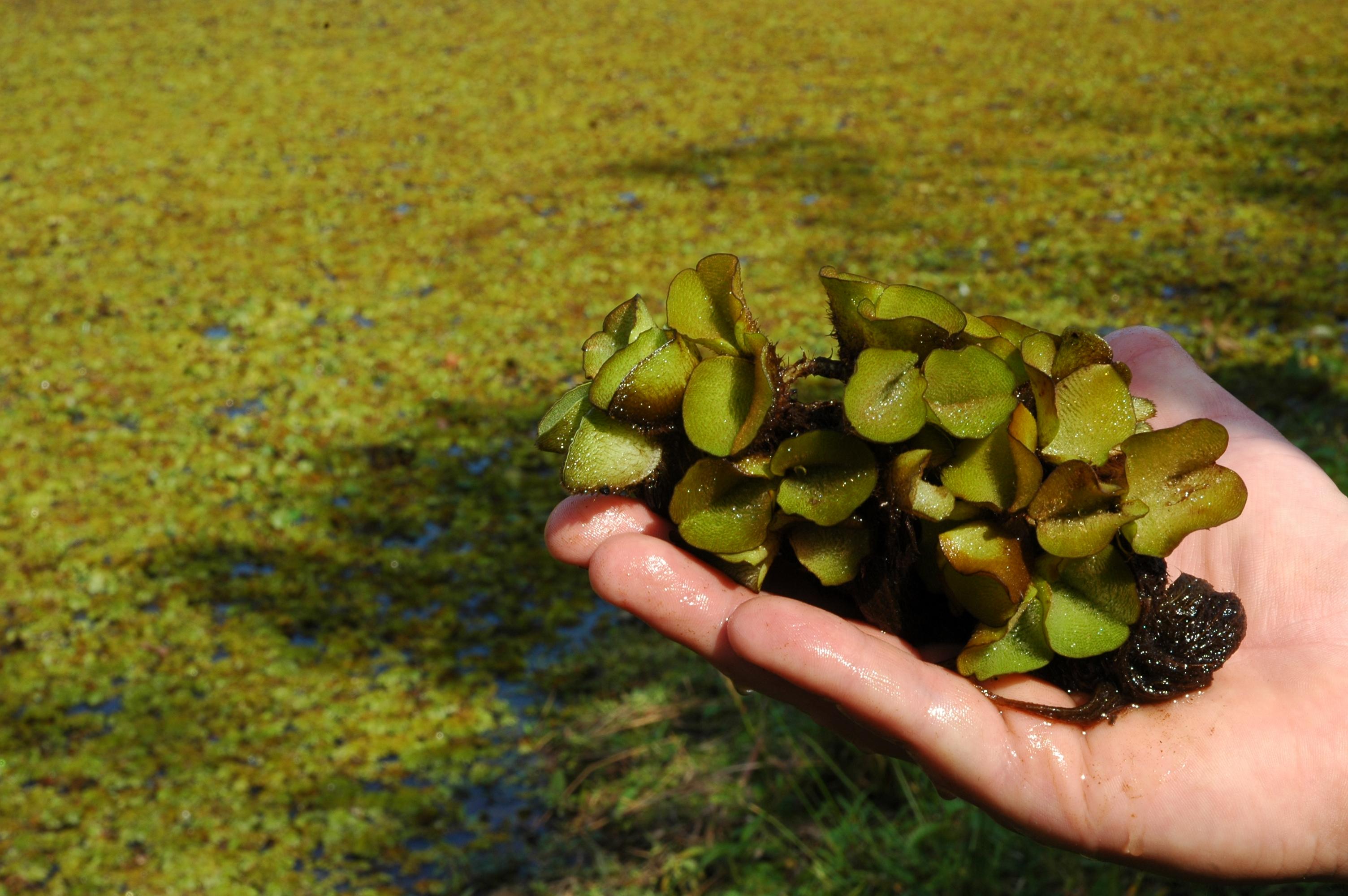Looking Back on 50 Years of TPWD
Thursday, January 17th, 2013
Carter Smith © Lynn McBride, the Nature Conservancy
This is Passport to Texas
Fifty years ago the State Parks Board and the Texas Game and Fish Commission merged.
03— To create what is now the Texas Parks and Wildlife Department.
Carter Smith is Texas Parks and Wildlife Executive Director.
37—There was a lot of angst and anxiety over that merger and acquisition and what would that mean: Would the state’s fish and wildlife and their conservation somehow be diluted by the merger with the State Parks Board, or would state parks suffer because of too much emphasis on fish and wildlife and law enforcement and other programs? But I think any objective person looking back on the past 50 years and all the attendant accomplishments and milestones that have come from the creation of this department would have to call it an unqualified success.
State park acreage has increased tenfold since the merger; the agency reintroduced desert bighorn sheep to their traditional range in Far West Texas. Texas Parks and Wildlife developed a world class Largemouth Bass fishery, and created myriad opportunities for Texans to enjoy the outdoors. And that’s just a fraction the accomplishments from the first fifty years.
15— There’s been some extraordinary synergies that have come from the creation of this fine agency that is so rich with lore and legacy and history and heritage and meaning to all Texans. And Looking back it seems like an awfully good idea at the time.
Tomorrow: Looking ahead to the next fifty years. Until then, spend time outdoors and share it with others, because Life’s Better Outside.
For Texas Parks and Wildlife…I’m Cecilia Nasti.






 Passport to Texas is a
Passport to Texas is a  Passport to Texas is made available by:
Passport to Texas is made available by: